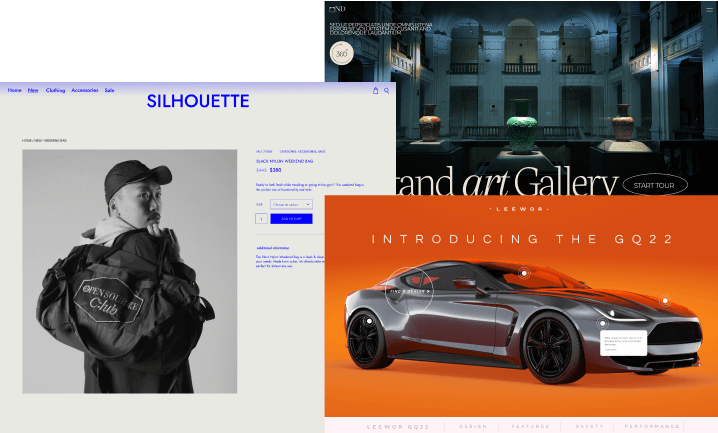Dynamic content (also known as adaptive content) is web content that changes according to users’ preferences, interests, and behavior. It includes web and email content and is produced the moment users ask for a page.
Dynamic content is personalized and changes according to the data you have on the user and access time. The goal is to provide viewers with a satisfying and engaging online experience.
How Does Dynamic Content Work?
Generally, dynamic content is powered by scripts and applications and works together with static content. A classic example is a landing page’s HTML content, such as posts, or an email that changes to present content and information relevant to the viewer.
This content is based on location or prior interactions with the site. Another example is an email that automatically includes the user’s name recovered from the database by HTML text.
There are many ways to implement dynamic content. First, it can be customized entirely; however, this requires time and development resources that many companies do not have. Alternatively, one can use 3rd party software to quickly set up a few dynamic text instances on your site.
Dynamic Content Use Cases
There are innumerable examples of websites using dynamic content to personalize UX. Some ordinary parts of the text that can be converted into dynamic content include users’ weather and temperature, system details (device type, browser), and location.
These are all bits of information that can instantly be used even in first-time visits to the site. Still, if the user has been on the site and already created an account, the content can be personalized using other details, such as name, gender, products they visited, and previous actions they made.
Dynamic vs Static Content
Static content has been the standard since the early stages of the internet as it is far easier to execute than dynamic text alternatives. However, the disadvantage is that static content is not personalized and thus reduces the site’s performance. Dynamic content, on the other hand, is a bit trickier to set up, but it has some clear-cut benefits, such as:
- Creating a more user-friendly experience
- Helping to increase vital KPIs, such as bounce rate, conversions, and return visits.
- It is smooth and does not mess up the page layout
- Once active and live, you no longer have to tend to it




